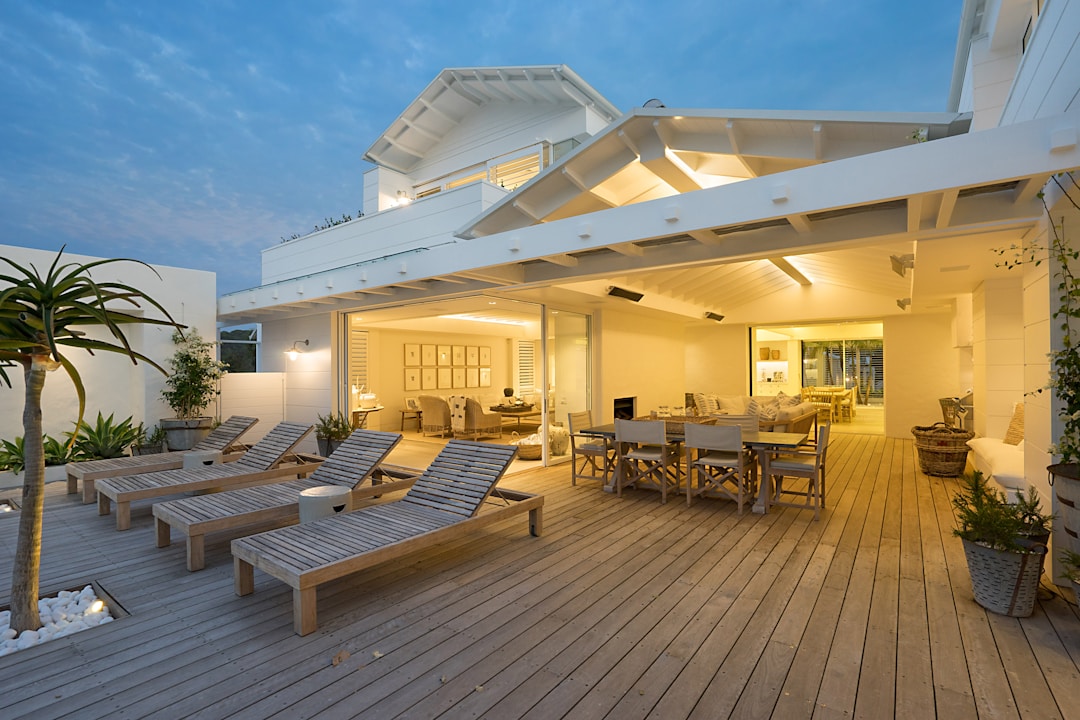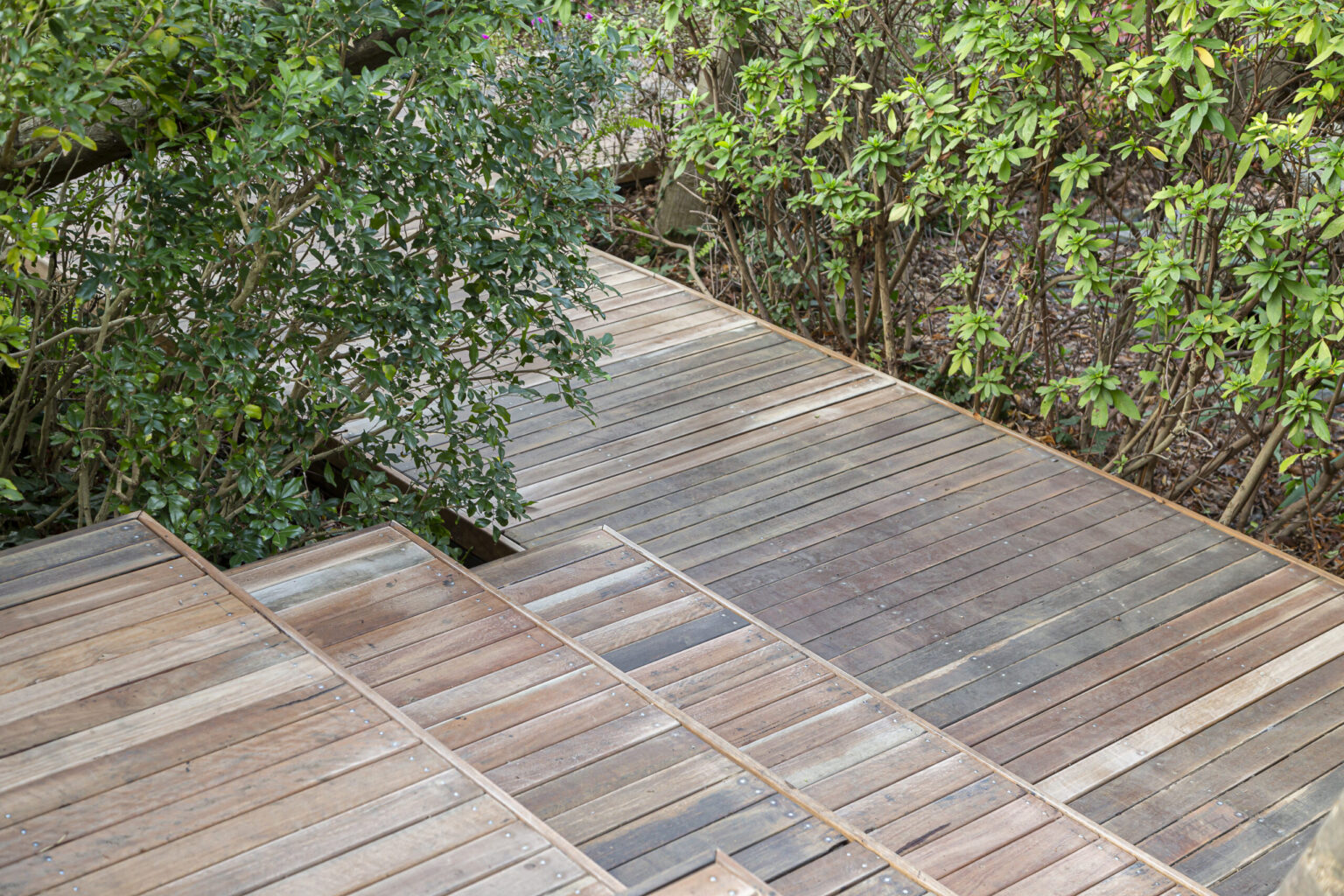The Ultimate Guide To Designing a Deck for Your Home
From ideating the right layout to choosing the perfect materials, a well-executed deck design can add to your home’s aesthetic appeal and functionality. This guide provides a succinct walkthrough on designing the perfect deck for your house. So, whether you’re a first-time homeowner or simply looking to refresh your outdoor space, this article has something for everyone. Keep reading to unlock the ultimate secrets to impeccable deck design.
Understanding the Basics of Deck Design

First, identifying your purpose for building a deck is crucial. Whether you aim to host weekend barbecues or prefer quiet reading nooks, your purpose deeply influences your deck’s design, size, and furniture choices. Learn about the local codes and zoning restrictions that apply to deck building. This ensures your project adheres to safety standards and avoids potentially expensive permit issues down the line.
A worthy note is to think about using a cable railing system for decks. Not just durable, these systems also lend a modern, refined look to your space and don’t obstruct the view. The sleek and modern design of a cable railing system for your deck offers an unobstructed view of your surroundings, creating an open and inviting atmosphere. With their durability and low maintenance requirements, cable railings offer a practical and safe option for your home. Upgrade your deck with a cable railing system to elevate both its appearance and functionality.
Next, consider your home’s existing architectural design. Your deck should organically blend with your home’s style. Keeping a consistent style promotes a harmonious flow between your indoor and outdoor spaces. Factor in your landscape as well. An experienced deck designer can find ways to incorporate distinctive elements, like rocks, trees, or slopes into the design rather than seeing them as obstacles.
Planning and Designing Your Deck Layout: Essentials Steps
Your deck layout should have a natural flow. Consider creating distinct zones for various activities based on their requirement for space, privacy, and proximity to amenities like your kitchen or grill. For larger decks, breaking down the space can make the deck look more interesting and functional. Features like a pergola or a firepit could serve as dividers and focal points.
Keep in mind accessibility and traffic flow when designing your layout. If your deck leads into your living room, ensure the door does not obstruct your furniture placement or spatial flow. Avoid overcrowding your deck. Allow plenty of room for your guests to move around freely. If space permits, plan for built-in benches, planters, and other design elements that can save space and add aesthetic touches.
Adding Extras to Your Deck Design: Lighting and Furniture

Adding extras like lighting fixtures and furniture further elevates your deck’s appeal. Opt for weather-resistant furnishings that complement your deck’s style and serve your intended purpose. Integrating lighting within your deck design not only facilitates nighttime usage but also enhances safety. Go for a mix of task, ambient, and accent lighting fixtures for a layered, flexible lighting plan.
Plan out your storage solutions ahead of time. Look for dual-purpose furniture pieces like benches with storage underneath, or add hooks and racks for easy access to commonly used items. Dressing your deck with plants adds a fresh and inviting feel. Choose native plants that need less watering and care for fuss-free greenery.
Deck Maintenance: Laying Foundations for Extended Durability

Maintenance plays a major role in preserving your deck’s functionality and aesthetic appeal over the years. In general, you should always prioritize keeping up with home maintenance and budget for the costs. Regular upkeep such as sealing, staining, and cleaning makes a big difference. For wood decks, consider regular waterproofing measures and annual inspections for rot, warps, or cracks. Promptly address these issues to prevent damage. Composite decks, while more durable, still require periodic checkups for stains or mildew. Cleanings with appropriate cleaners help maintain their appearance over the years.
As you can see, designing a deck for your home involves thorough planning, smart material choices, creative design, careful installation, and regular maintenance. Though it can take time and effort, the rewards are well worth it and they can increase the value of your home substantially. By following these steps, you’re well on your way to creating a stunning outdoor space that complements your home.






